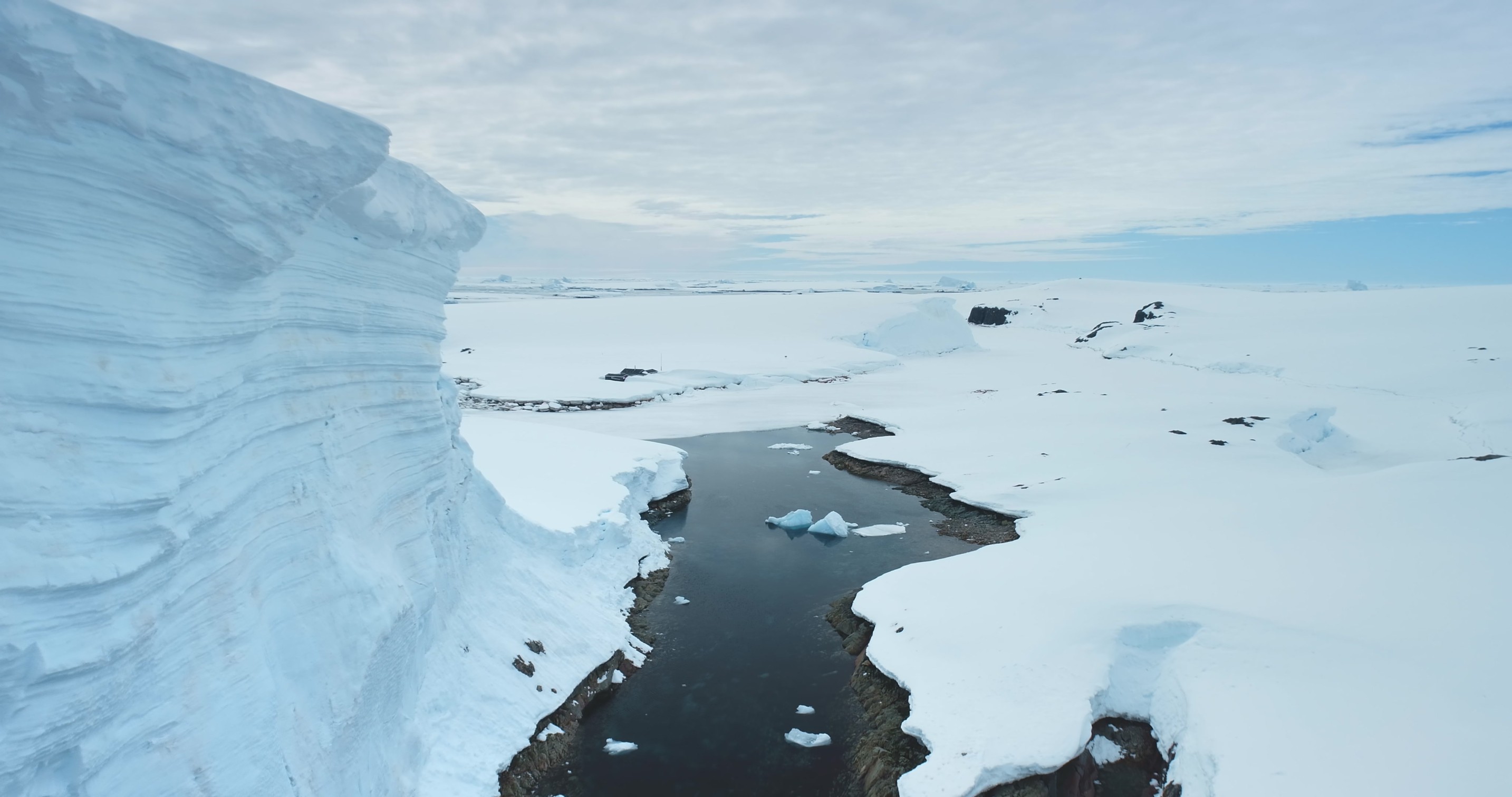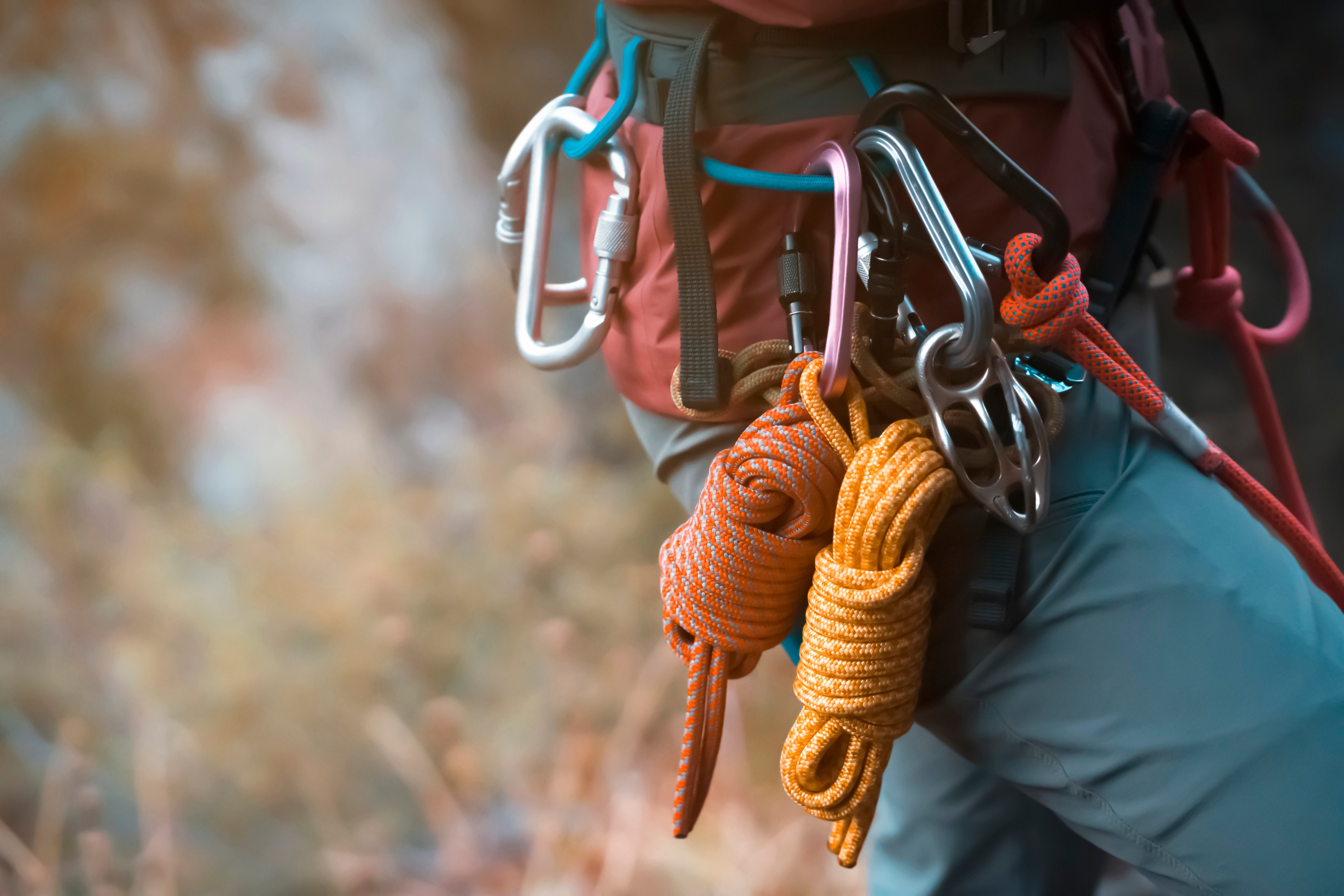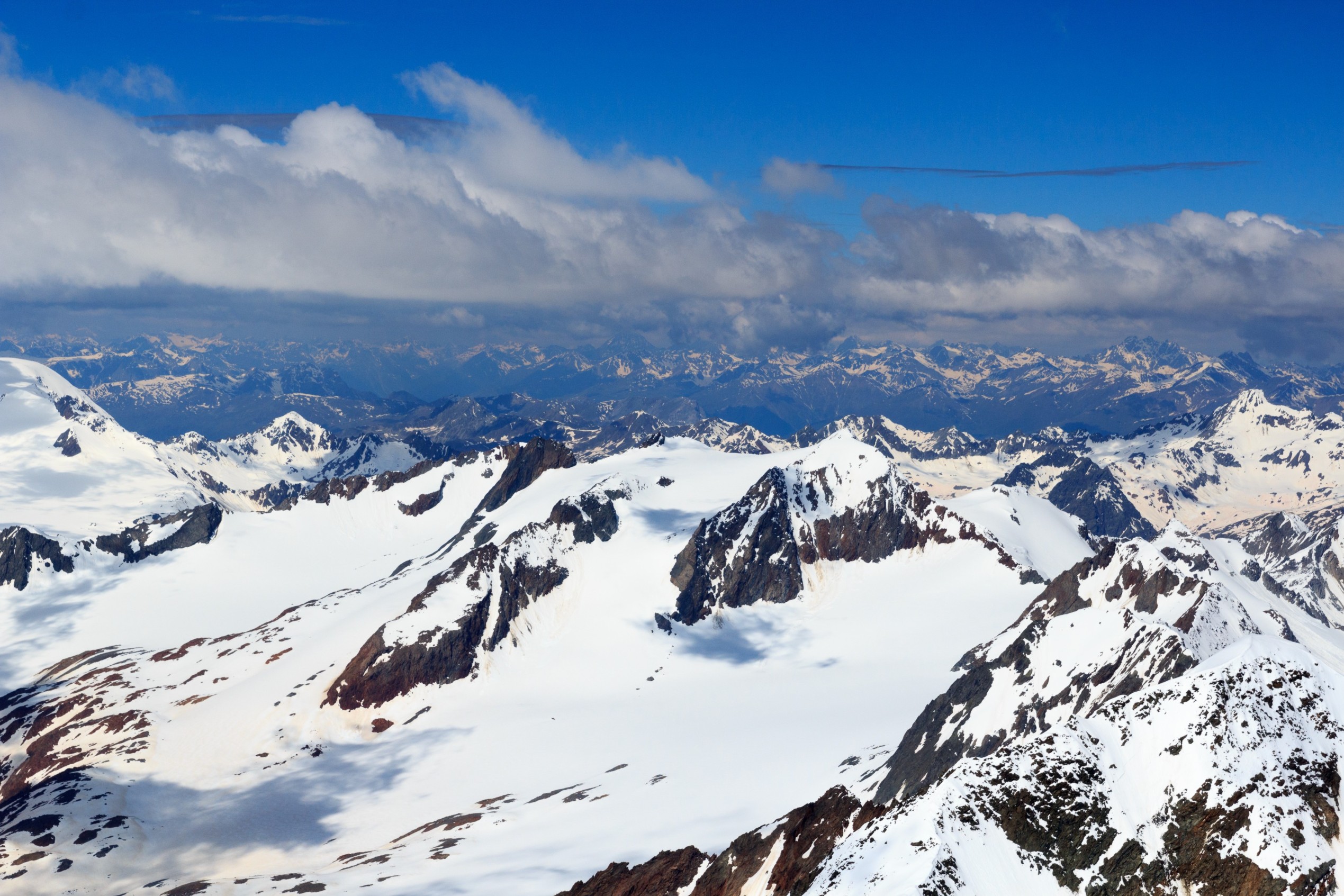Climate Change 'Making Mountaineering Riskier'
Mountains have always stood as symbols of adventure, resilience, and the thrill of the unknown. For climbers, they offer a way to push limits and connect deeply with nature. But now, those giant peaks are changing faster than we ever imagined, and not for the better. Climate change is changing mountaineering in ways that no one can ignore, bringing new dangers, challenges.
Melting Glaciers and Growing Risks
There’s nothing quite like the sight of a glacier—it’s both inspiring and humbling. But these rivers of ice are melting at an alarming rate. This isn’t just an environmental crisis; it’s a direct threat to climbers. Melting ice makes glaciers brittle and unstable, increasing the risk of ice avalanches. These massive chunks of ice can break off without warning, hurtling down the slopes and leaving climbers little time to react.
Take the 2022 tragedy on Italy’s Marmolada glacier, where a sudden collapse caused multiple fatalities. Incidents like this are becoming more common, not just in the Alps but worldwide. In the Himalayas, climbers on the Khumbu Glacier near Everest are encountering thinning ice and widening crevasses, making an already challenging route even more treacherous.
For climbers, the lesson is clear: vigilance is more important than ever. Watching for cracks, crevasses, and signs of instability is now a vital skill. But even the sharpest eyes can’t always predict when an avalanche might strike.
The Weather is No Longer Reliable
If there’s one thing every climber learns early on, it’s to respect the weather. But today the weather has become wildly unpredictable. Storms that used to be seasonal are now appearing out of nowhere, and sudden temperature drops or high winds can turn an ordinary climb into a dangerous ordeal.
Take the Alps, for example. Routes that climbers relied on for decades are now considered too risky due to rockfalls and unstable conditions caused by melting permafrost. Mont Blanc, a favorite for climbers, has seen traditional climbing seasons shrink and become harder to predict.
This unpredictability means climbers must be ready to change plans at a moment’s notice. Flexibility, preparation, and the ability to make quick decisions are now essential. It also means relying more on advanced tools and technology, like weather tracking apps and satellite communication, to stay safe.
The Costs of Climbing in a Changing Climate
Climate change isn’t just affecting the physical challenges of mountaineering—it’s also driving up costs. For example, insurance premiums for high-altitude expeditions are skyrocketing. Helicopter rescues, which are sometimes the only way to save climbers from dangerous situations, can cost upwards of $18,000, especially in remote areas like Ama Dablam in Nepal. For insurers, the growing number of rescues and unpredictable conditions make mountaineering an increasingly risky venture.
Guides and operators are also adjusting their pricing to account for shorter seasons, route changes, and additional safety measures. For climbers, this means planning and budgeting have become even more critical.
Adapting to a New Reality
Mountaineering has always been about pushing limits, but today’s climbers need more than physical endurance—they need adaptability. The skills required to navigate unstable terrain, monitor weather patterns, and make tough calls in high-pressure situations have become just as important as fitness or technical climbing ability.
Keep reading: Skills You Need to Gain Before Going on a Mountaineering Trip
For guides, this has meant changing how they train and lead expeditions. In the Alps, for instance, wearing crampons on thinning ice has been compared to walking on high heels across a marble floor—it’s slippery, nerve-wracking, and unforgiving.
Mountaineers as Advocates for the Planet
Climbers have always held a deep respect for the mountains. As climate change reshapes these landscapes, many mountaineers are stepping up as advocates for sustainability. They’re not just adapting to the changes—they’re fighting to slow them down.
Some climbers are reducing their own carbon footprints by choosing eco-friendly expeditions, minimizing waste on the mountain, and supporting renewable energy projects. Others are using their platforms to raise awareness about the urgent need for climate action. Whether it’s through sharing stories of what they’ve witnessed firsthand or participating in conservation projects, climbers are finding ways to protect the peaks they love.
Lessons from Around the World
The impact of climate change on mountaineering is global, but its effects vary by region:
- The Alps: Melting permafrost has destabilized classic routes, with rockfalls becoming a constant threat. Crevasses on glaciated terrain are widening, making some climbs nearly impossible.
- The Himalayas: The Khumbu Glacier near Everest Base Camp is rapidly melting, creating pools of water and unstable conditions for climbers.
- The Andes: Aconcagua, the tallest peak in South America, is still accessible, but its glaciers are retreating, adding complexity to what was once a straightforward approach.
- New Zealand: On Aoraki/Mount Cook, melting glaciers are reshaping routes and increasing the difficulty of navigating its rugged terrain.
Moving Forward: Climbing with Care
Despite the challenges, mountaineering isn’t going anywhere—it’s evolving. Climbers are finding new ways to balance adventure with responsibility, ensuring the sport remains as inspiring and rewarding as ever. Here’s how we can move forward:
Keep reading: Everest Climbing: How To Do It Responsibly
- Embrace Sustainability: Choose operators that prioritize eco-friendly practices, reduce waste, and support local conservation efforts.
- Stay Educated: Learn about the effects of climate change on your destination and adjust your plans accordingly.
- Be Flexible: With unpredictable weather and changing routes, adaptability is key. Be ready to change course or even cancel if conditions are unsafe.
- Advocate for Change: Use your voice to support climate policies and raise awareness about the impact of global warming on the mountains.
Mountaineering has always been about rising to the challenge. Today, that challenge extends beyond the summit to the very survival of the mountains themselves. As climbers, we have a unique connection to these environments and a responsibility to protect them. By climbing sustainably, adapting to new realities, and advocating for action, we can help ensure that future generations experience the same awe and inspiration that drives us to the peaks today. Expedreview helps you find trusted guides and expedition options, making it easier to plan your climb responsibly while exploring the world’s most stunning peaks.





